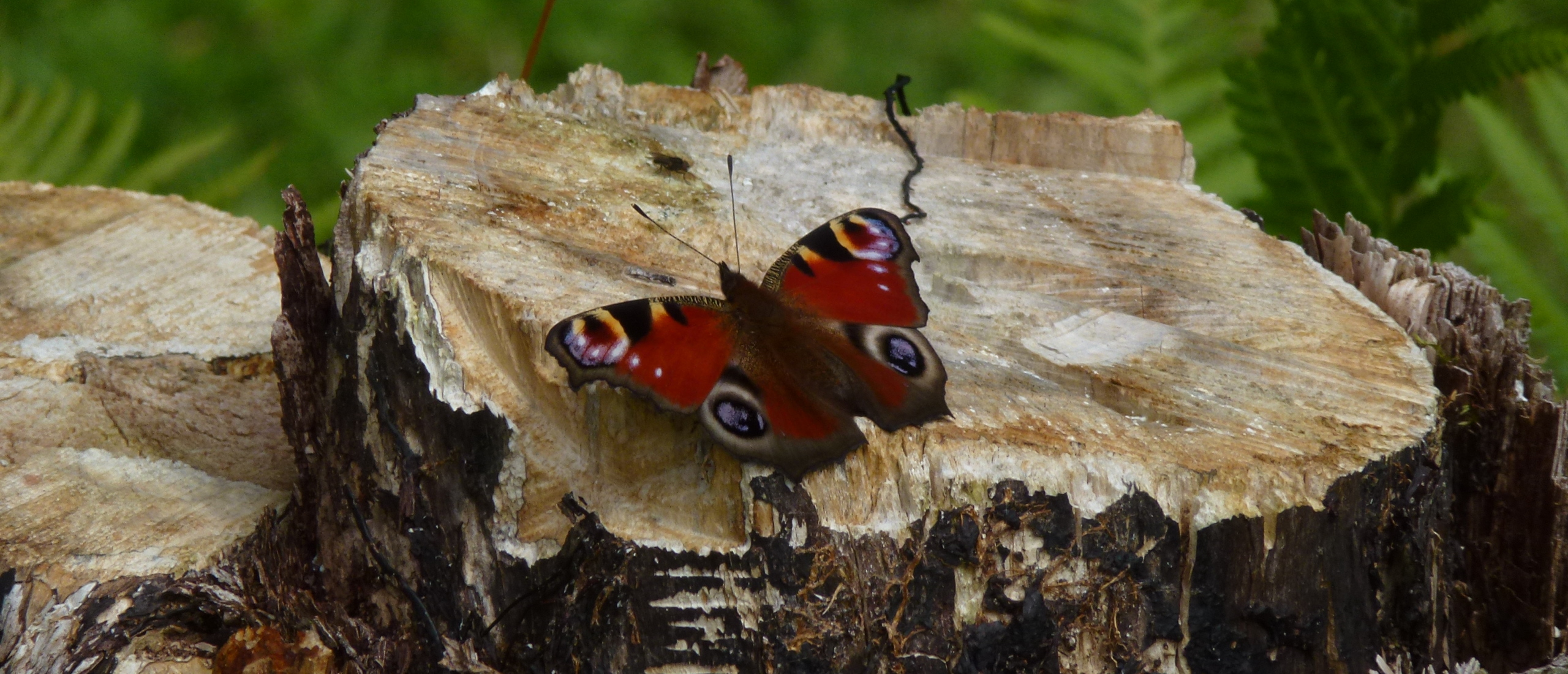
2014 butterfly list reaches 2 species - and I still haven't finished 2013!! Yesterday and today have been our first truly Spring days, and with the warm weather came a considerable emergence of Small Tortoiseshells, Aglais urticae, of which I saw at least 10 yesterday, and of the gorgeous yellow Brimstone, Gonepteryx rhamni, of which I must have seen nearly 20 today!
I now need to hurry with my hypothetical list of species that I should have seen in 2013, but which (metaphorically) slipped through the net, I now come to perhaps one of the most regrettable absentees, the splendid Lesser Purple Emperor, Apatura ilia.
This beautiful species, only marginally smaller than its congenor the Purple Emperor, Apatura iris, occurs in most of the larger woods in the region of northern France and southern Belgium that I frequent, and the only reason for its absence from my list is the fact that I had already left for Scotland by the time it had emerged fully for its summer flight season.

A Lesser purple Emperor of the typical form, f. ilia, which has whitish spots on the purple background
In fact, I did in fact see two Apaturas that had the yellowish tinge in flight that is so characteristic of the Lesser Purple Emperor, particularly the yellow form f. clytie, on my one visit to one its most favoured haunts in Belgium, but I only saw them fleetingly from the car and I felt at the time that it would be unreasonable for me to put them on my list. In retrospect, I probably should have done, as they could not have been anything else.

A more yellowish individual, f. clytie
In previous years, I have spent many delightful July days in these great forests, marvelling at the beauty of the two Purple Emperor species, often seeing them together feeding on the forest tracks, sometimes sucking up the mineral-soaked water from the damp ground, but often gorging themselves through their bright yellow proboscis on less attractive sources (to us) such as animal dung or dead animals.

A Lesser Purple Emperor sucking nutrients from a dead beetle Based on my observations of these two Emperors of the forest, it certainly seems true that the morning between 10.00 and 12.00 is the best time to find them on the ground; after midday, they tend to retreat to the higher branches of nearby trees, and are harder to find. The video below shows both species of Purple Emperor together, both feeding on dry dung. The Lesser Purple Emperor can easily be recognised by its more uniform sandy-coloured underside, which lacks the bold white band of the Purple Emperor.
Had I counted the Lesser Purple Emperor on my 2013 list of 77 species, plus the other absentees already mentioned, my list would have come to: 86 species.











